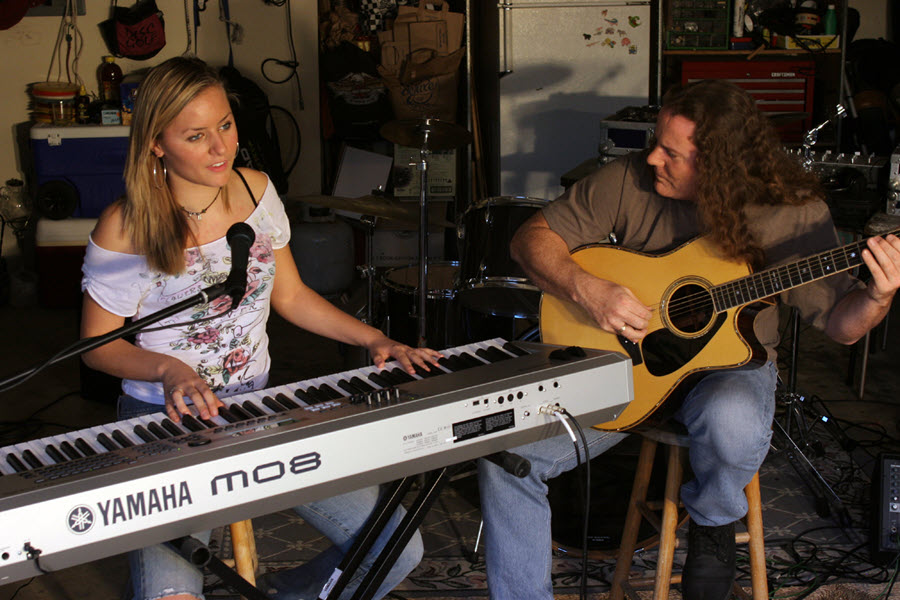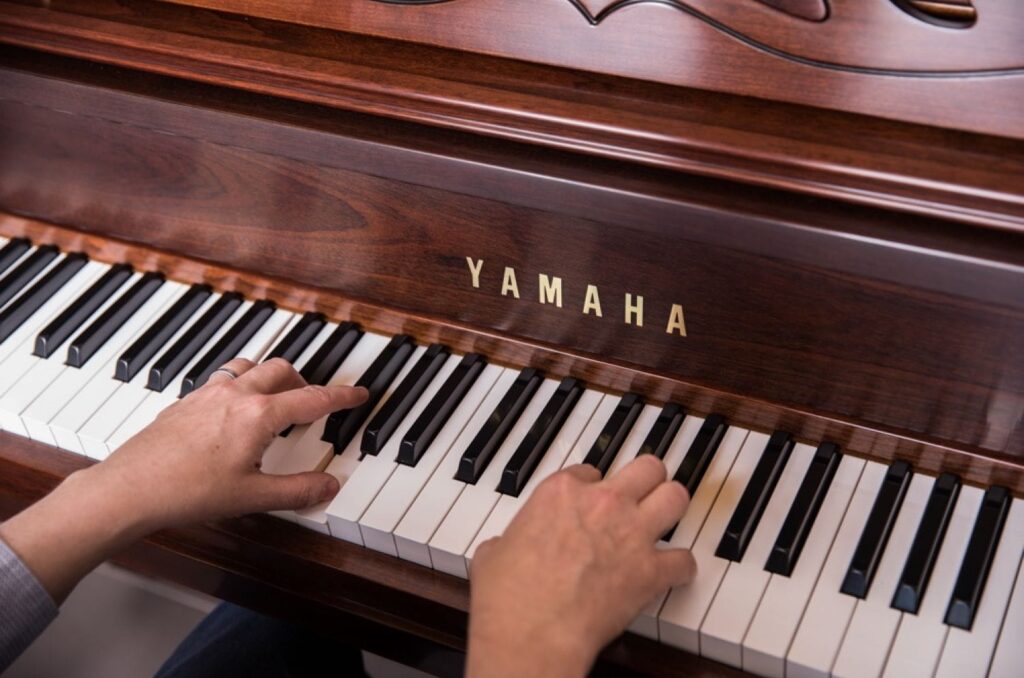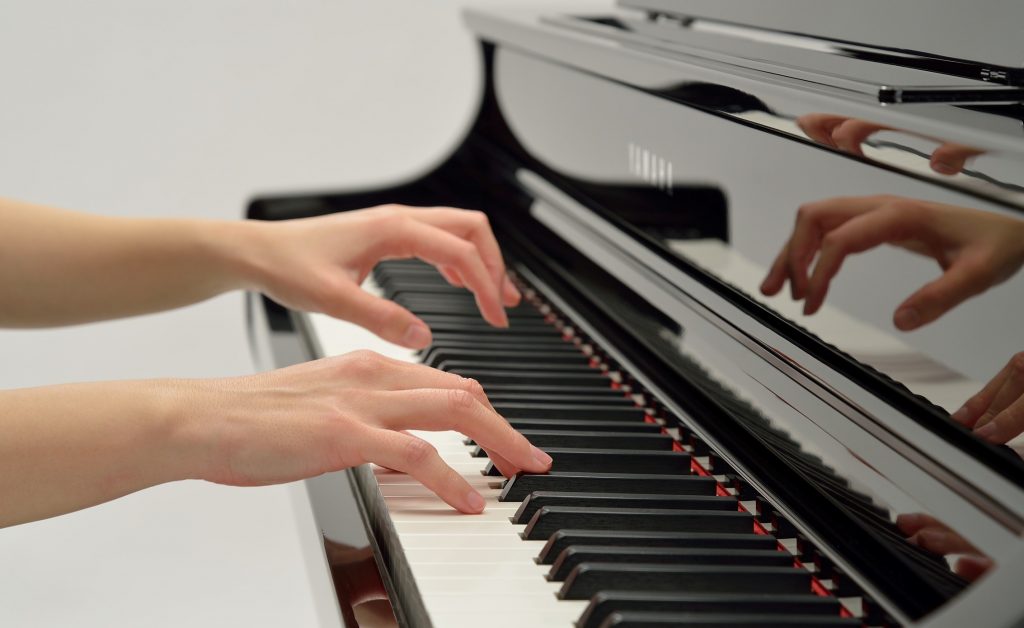Tagged Under:
The Basics of Stride Piano
How to adapt this classic style to your keyboard playing.
Stride piano is a highly rhythmic style of playing that originated during the ragtime era of the early 20th century and eventually developed into an entirely new way of performing. Some of the principle innovators included James P. Johnson, Willie “The Lion” Smith and Fats Waller. Later practitioners included Art Tatum, Oscar Peterson and Dick Wellstood. You can find many dazzling examples of their playing on YouTube (just search for the term “stride piano”).
Often played at very fast tempos, it’s a great way for pianists to show off their skills (especially their left-hand technique), but mastering stride piano can take years. You can, however, incorporate the basics into your playing fairly easily. In this article we’ll show you how.
A Simplified Approach
The key aspect of stride piano playing is its use of a bass note followed by a chord voicing above it, like this:

In this basic example, for each chord, you play the root, followed by a simple triad voicing. Then you play the fifth of the chord, followed again by the triad. It will take some practice to do this cleanly: as always, take it slow and get used to the distances your hand has to go between the bass notes and the chords.
Here’s a variation that does less alternating between bass note and chord; instead, it uses passing tones (notes in-between chord tones) on the fourth beat of each measure to lead into the root of the next chord:

This approach will lend a bit of an old-time feel to your playing. It also works nicely when used with bluesy and rock and roll licks, or for adding a country boogie feel, as in these examples:


A Modified Approach for Playing Ballads
A simplified version of this concept can be used to create a full, but very easy to play left-hand accompaniment that’s perfect for many slower-tempo situations, like ballads. As you can hear in this next audio clip, you should use the sustain pedal, pressing it down after the root note so it keeps on ringing while you play the chord voicing; then release the pedal just before playing the next measure, again using it to connect the bass note to the chord that follows.

To make things a little more interesting, try adding some passing tones on beat four to lead into the next chord, like this:

This next example varies the rhythm of the passing tones for a more flowing feel:

Alternatively, you can play the root, followed by the fifth of each chord, before playing the chord voicing:

Taking that idea one step further, try this approach, where the left hand plays the root, fifth and then the tenth (that is, the third played an octave higher) in a gentle arpeggio. As you can hear, this produces a very full sound:

Putting The Hands Together
The next step is to add a melody line with the right hand. The basic root-only left-hand accompaniment looks and sounds like this:

Here’s that same melody line with a little more movement in the left-hand accompaniment:

Here’s a different melody line, played over a more complex left-hand accompaniment for a very flowing feel:

And here it is with a root-followed-by-fifth left-hand accompaniment:

Finally, here’s the root, fifth, then tenth idea underpinning that same melody:

Try Another Time Signature
This style of accompaniment also works nicely in 3/4 time (waltz feel). Let’s wrap things up with some examples of how you can adapt stride accompaniments to that time signature.




All audio played on a Yamaha P-515
Check out our other Well-Rounded Keyboardist postings.
Click here for more information about Yamaha keyboard instruments.














